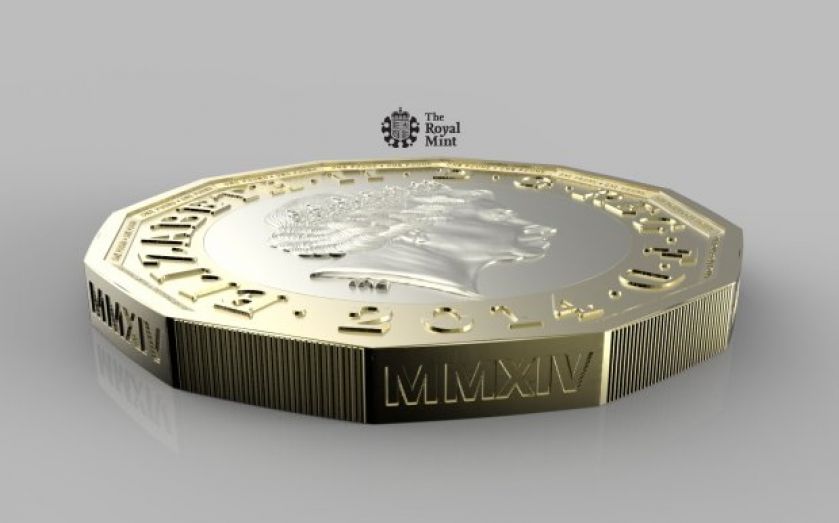Why counterfeited £1 coins are useful to the UK economy

Chancellor George Osborne's facelift for the £1 coin could have unintended consequences for the UK's economy.
Designed to tackle counterfeiting in the UK, the new 12-sided coin should be much harder to forge than existing currency.
The Royal Mint estimates that three per cent of all £1 coins are fakes, or £45m worth.
Some warn that this counterfeiting – in a demand-driven recession – is less of a problem that it might seem.
Ben Southwood, head of macro policy at the Adam Smith Institute, says that production of fake coins means higher aggregate demand, less unemployment, and a narrower output gap.
"While the Bank of England kept policy too tight, counterfeiters were doing their job for them," says Southwood.
But counterfeiting is merely a partial band-aid for the Bank of England's unwillingness to support aggregate demand.
Southwood recommends that as Osborne closes down the counterfeiting route to buoying aggregate demand, "he should open up a more legitimate one, telling the Bank of England to ignore inflation and switch to targeting nominal income or wages."